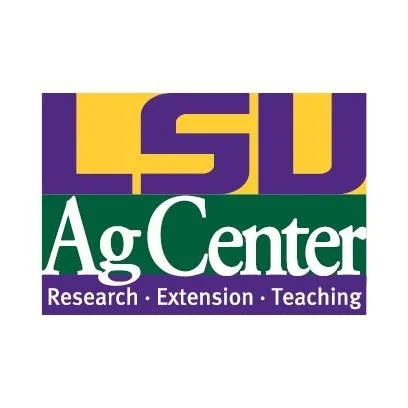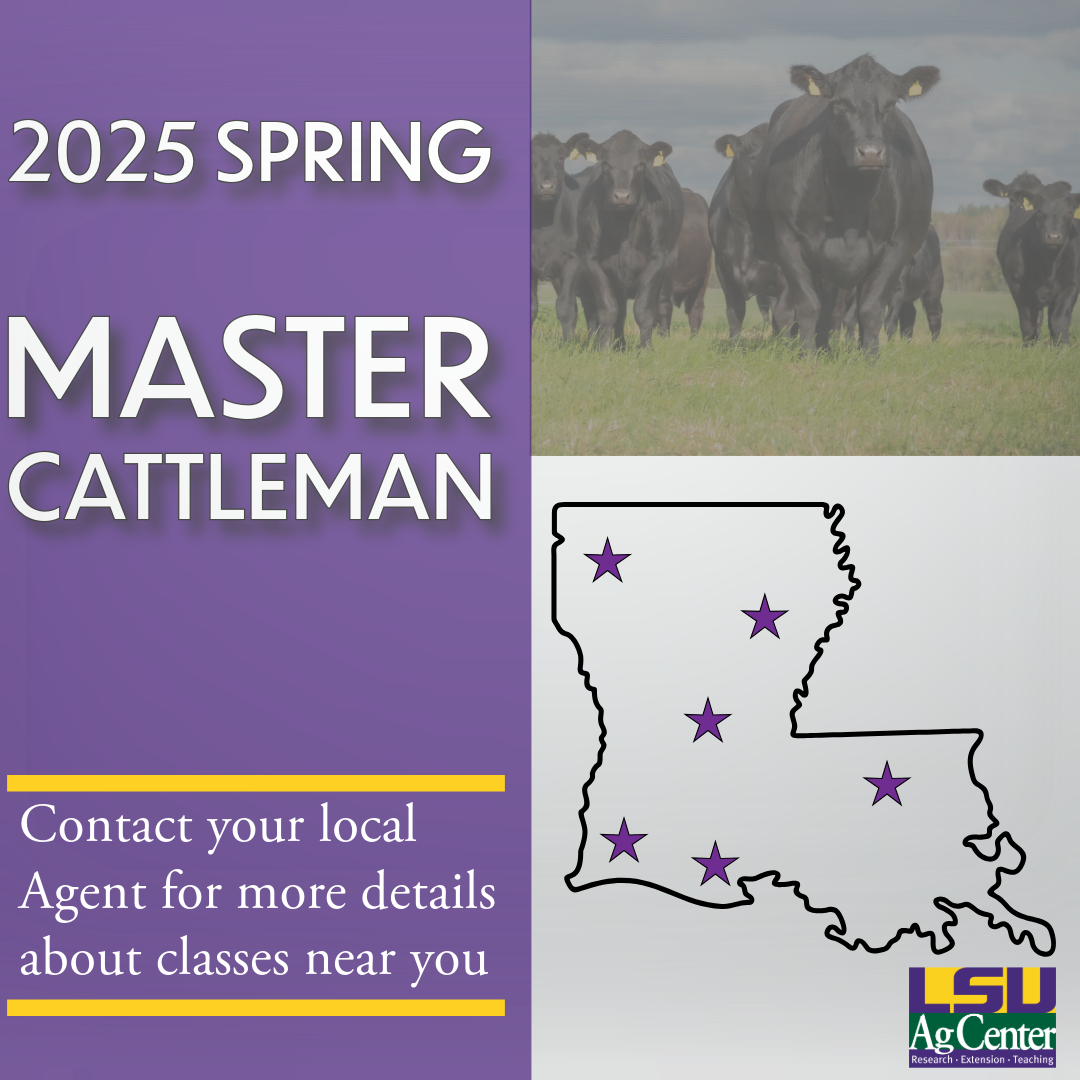The optional Supplemental Coverage Option (SCO) endorsement provides additional coverage for a portion of an individual producer’s underlying crop insurance policy deductible. The basic operational mechanics of the SCO endorsement follows/ ‘mirrors’ underlying policy coverage. If the producer purchases a yield protection (revenue protection) policy, then SCO covers yield loss (revenue loss). The amount of coverage depends on the liability, coverage level, and approved yield for the underlying policy.
Read MoreThe Enhanced Coverage Option (ECO) allows producers to supplement their current underlying individual insurance coverage and provides area-based coverage for a portion of the deductible of the producer’s underlying policy in a manner like the Supplemental Coverage Option (SCO). ECO utilizes the same expected and final area yields, projected and harvest prices, and payment factors as SCO but covers a band from 86% (where SCO coverage ends) up to 90% or 95% of expected crop value. Like SCO, ECO is based on a producer’s underlying insurance coverage.
Read MoreThere’s nothing quite like pecans. With their rich, buttery flavor, these nuts are a staple of Louisiana culture and cuisine.
If you’d like to produce your own pecans, November through March is an ideal time to plant these trees. There are a few considerations to take into account first.
Read MoreA $22 million project involving the LSU AgCenter has been paused while the Trump administration reviews spending at the U.S. Agency for International Development (USAID).
LSU is part of the Feed the Future Climate Resilient Cereals Innovational Lab, which researchers at Kansas State University lead. It seeks to make cereal crops – such as rice, wheat, miller and sorghum – more readily available to those at risk of hunger, according to an AgCenter blog post.
Read MoreLouisiana produces 850 million pounds of seafood each year, according to the Louisiana Seafood Promotion & Marketing Board. Much of that includes crustaceans like crawfish, shrimp, and crab. It follows that Louisiana also produces a lot of seafood waste once those crustaceans are processed. However, researchers at LSU’s School of Nutrition and Food Science have developed a way to turn a smelly byproduct of the seafood industry into a way to make other foods last longer on the shelf.
Read MoreThe LSU AgCenter is excited to host six Master Cattleman Programs throughout the state this spring. The Master Cattleman Program is designed to help beef cattle and forage producers enhance their production and profitability. Participants must complete 30 hours, which includes 10 three-hour blocks of instruction, to become a certified Louisiana Master Cattleman.
Read MoreThe 2025 LSU AgCenter State Livestock Show, set for Feb. 11-18 at the Lamar-Dixon Expo Center in Gonzales, has been dedicated to Donaldsonville native Frank Sotile.
He exhibited his first 4-H steer at the LSU show in 1950 when he was 9 years old, sparking a lifetime of dedication to the organization, according to the AgCenter.
Read MoreThe Hessian fly, one of the most serious pests of small grain crops worldwide, poses a significant threat to winter wheat grown in the eastern United States. Clemson University scientists are leading efforts to combat this issue.
This research supports the mission of Clemson’s Advanced Plant Technology Program and is part of a broader effort across the southeastern U.S. Similar research trials are ongoing at Louisiana State University, Texas A&M University and the University of Georgia.
Read MoreThe LSU AgCenter Cooperative Extension Service is accepting applications for its Extension Internship program.
College students who are rising juniors, seniors or grad students who are enrolled in agriculture and natural resources, nutrition, family and consumer sciences, extension education or a related field are encouraged to apply.
Read MoreLast week, the southern United States was hit with unprecedented amounts of snow and deep freezes. While some may have enjoyed playing in the snow, growers of strawberries rushed to cover their crops and mitigate as much damage as possible.
Read MoreOn a mild winter’s day in Raceland, Louisiana, a dedicated group of researchers, agronomists and staff from The American Sugar Cane League, LSU AgCenter and Sugarcane Research Unit in Houma gathered to hear preliminary reports about the 2024 harvest, research projects and a forecast for the 2025 crop. Despite significant challenges, the presentations struck a mostly positive tone.
Read MoreAs south Louisiana begins to thaw out after the historic arctic blast and double-digit inches of snowfall in many crawfish-producing parishes, many are wondering if there will be a repeat of 2024 that saw small harvests and high prices due to the previous year’s drought. LSU AgCenter researchers are cautiously optimistic that there is barely a snowball’s chance in Acadiana of that happening.
Read MoreFor more than 130 years, research has been a top priority for LSU agriculture.
Since the 1880s, agricultural experiment stations have provided researchers fertile ground to work to improve the agricultural production and economy of Louisiana.
What began with three agricultural research outposts staffed by 15 employees more than a century ago has evolved into 14 LSU AgCenter research stations statewide staffed by dozens of world-renowned scientists.
Read MoreChoice of varieties for planting is a crucial management decision that sets the stage for yield potential and input costs. While grain yield is the most important factor, test weight, disease resistance, and heading date are important considerations as they also impact economic return.
Test weight is important because low test weight results in dockage at the elevator. Heading day is a function of cold requirement (vernalization) and day length (photoperiod) response that determines when a variety heads out.
Read MoreThe snow has come and gone — and so has the excitement that came with such a meteorological rarity in Louisiana. Now, some gardeners are looking outside at a far less enjoyable sight: plants that turned gray, brown and perhaps even mushy in this week’s frigid temperatures.
Read More














